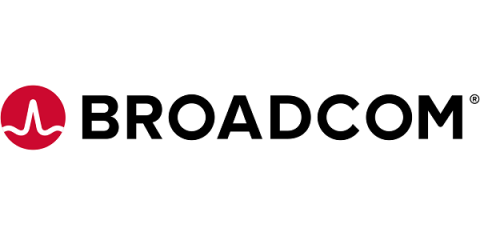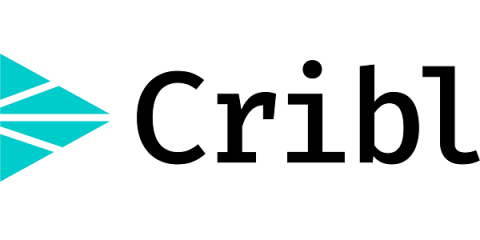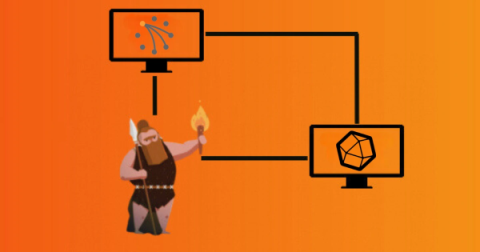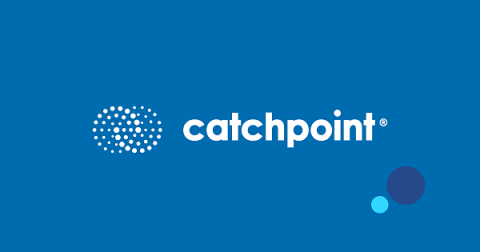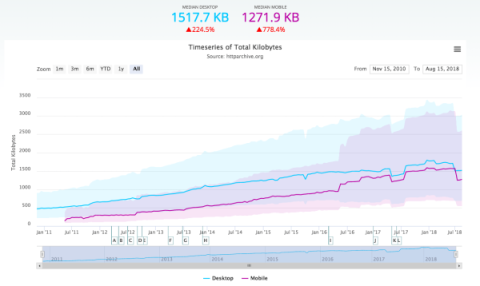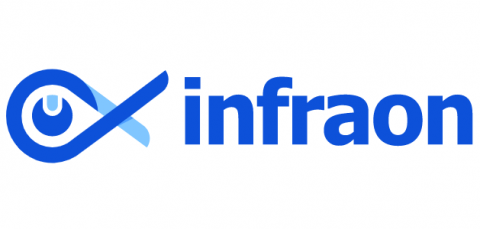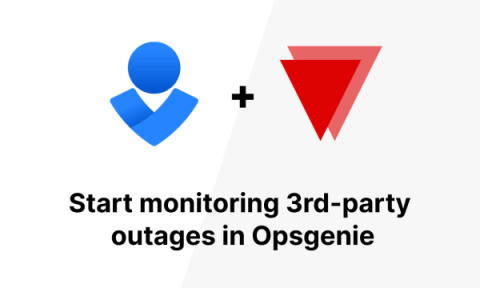In Their Own Words: Three Ways NetOps Delivers Value to Customers
Now more than ever, modern networks play a pivotal role in today’s business operations. However, this increased importance comes with a challenge: Modern networks are becoming increasingly complex and heterogeneous. Network managers need to ensure optimal performance across various domains—from the data center to multi-cloud and software-defined networks. This requires the consolidation of vast amounts of data from across multi-vendor networks, including environments managed by third parties.


